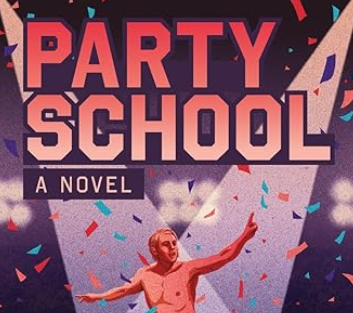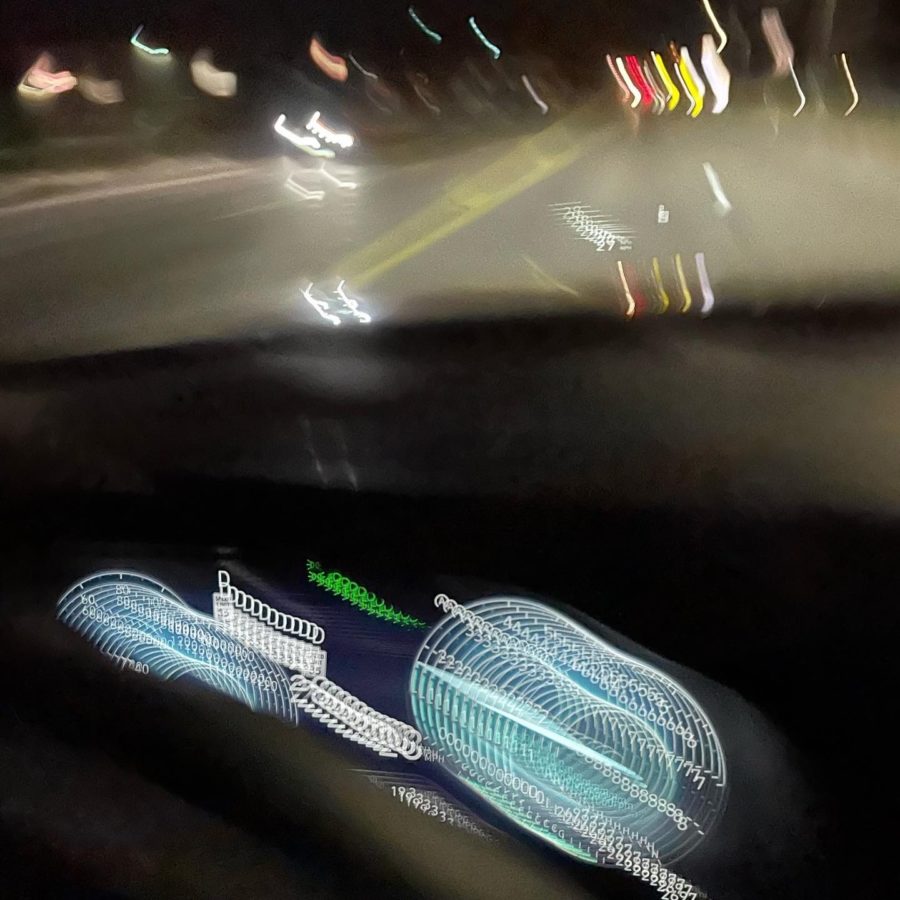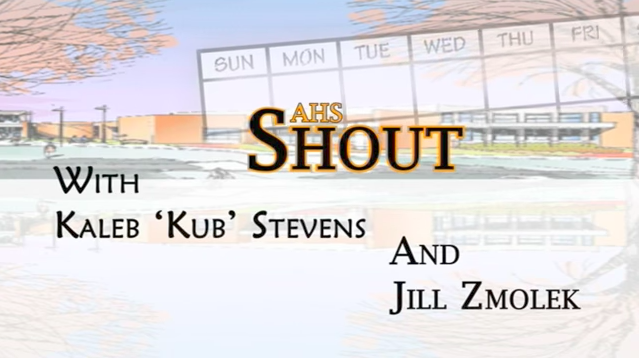Very rarely does a satisfying bildungsroman (i.e. a coming of age story) arise from a young writer â after all, what can a young man know of maturity? From the mind of Ames Highâs own Mazdak Mina, however, has come Street Gang, which is, for all its flaws, not only a satisfying story of growth but a gripping one of perseverance, camaraderie, and brotherhood. The novella (which is still in construction) begins in media rez; the protagonist is introduced to the reader as a tortured, Byronic hero. Adam Williams (a.k.a. âSnipeâ) through a poignant soliloquy â he is despairing over his hopeless lot in life. After this, his tragic past begins to unfold. Williamsâ sorrows begin young; he was orphaned from birth. His orphanage, far from helping him to cope with that loss, exacerbated that loss through a series of tortures, culminating in the conflagration of the only relic of his parents that he still had â a picture of his mother â on his twelfth birthday. Enraged, he subsequently takes his revenge on the principled arsonist and flees from the orphanage and, consequently, his old life. It is at this point that the story really begins. Adam meets a collection of other castaways of society and they form a faction-of-circumstance – but eventually evolve into a successful criminal cell, the eponymous Street Gang. The author uses this as a base from which to explore issues such as brotherhood, poverty, and dog fighting. The plot itself is suspenseful, following the hero from the South Bronx to Africa in a quest to escape the formerâs squalor. By the end, the reader is led to believe in two things: 1. Never give up, and 2. count on your friends when it matters; these two are exemplified in the stirring epiphany which comes to Adam in a dream: âStreet Gang: Never Tear Us Apart.â The characterization of the protagonist is, to say the least, accessible. The first-person narrative style enhances the readerâs identification with Adamâs state of mind, allowing him or her to trace his development as a boy and as a leader. However, this is perhaps at the expense of secondary characters; some, especially Laz and Matti, are given a paragraph or two of Adamâs recollections then discounted completely. Others, such as the gang leader Chrisâs girlfriend, Katie, are treated with perhaps not quite enough delicacy by the narrative. In both cases, the over-reliance on Adam telling us about others and not supplying us with anecdotes to support his views weakens the work considerably, although it is very likely that in later drafts these characters will have a more substantial role as their actions rise to the forefront. Another aspect that weakens Street Gang is the somewhat artificial nature of the universe the author tries to create. While a dark, gritty story about a group of juvenile delinquents is bound to be interesting and engaging, it seems that that genre requires, perhaps, a more intimate relationship with street gangs than the author in fact possesses. This unfamiliarity is highlighted with the vague descriptions of the gangâs actual activities; references to âheistsâ and âstake-outsâ abound, but no concrete details are ever really given, and the rise of a five-man band against organized crime et al. The weakest part of Street Gang, unfortunately, is not the characterization or tone â it is the prose. While the tone of the work, decidedly informal, helps ameliorate stylistic lapses somewhat, some of them would be unforgivable were they not so hilarious, e.g. âIt was a never-ending circle, going round-and-round like the teacups at Disneyland.â While a few groan-worthy solecisms are forgivable, especially considering the tone and precocity of the novella, these nonsensical digressions, coupled with the much more common awkward word choice, meaningless repetition etc distracts the reader from Street Gangâs messages. Ultimately, the weakness of Street Gangâs presentation hamstrings the workâs ability to engage the reader and relate to the story. Sorry, I had to cut the cake.
Mina’s Street Gang grips readers, but has its faults
MICHAEL BRUNER
•
May 19, 2008
Story continues below advertisement
Leave a Comment
Donate to The WEB
$0
$450
Contributed
Our Goal
Your donation will support the student journalists of Ames High School, and Iowa needs student journalists. Your contribution will allow us to cover our annual website hosting costs.






































